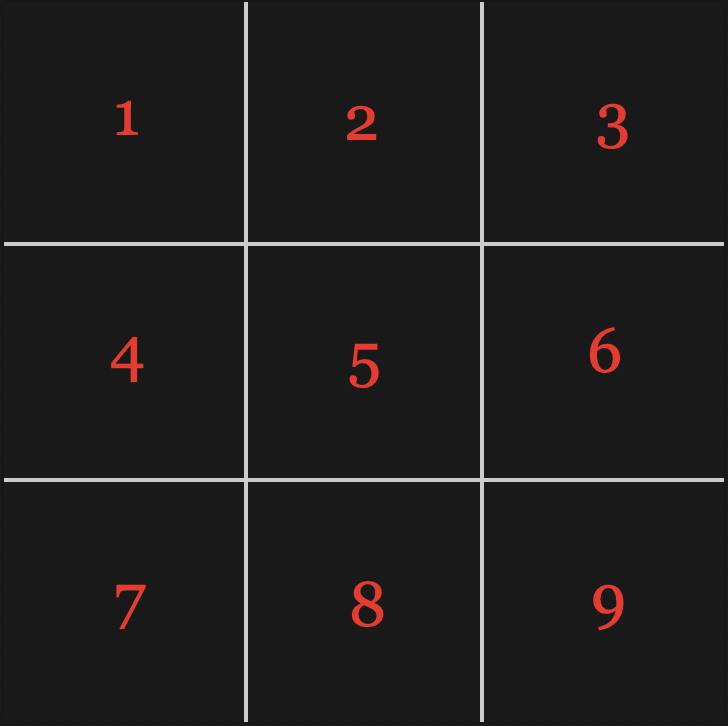The Tic-Tac-Toe game board, a simple grid of three by three squares, has charmed generations with its deceptive simplicity and universally understood rules. Dive into this iconic game board's evolution and modern renditions.

Simplicity at Its Best
The Tic-Tac-Toe board is a model of simplicity, consisting of nine squares arranged in a 3x3 grid. This simplicity is its greatest strength. Without the need for any equipment besides a writing tool and a piece of paper, the game can be quickly drawn and played anywhere and everywhere.

Modern Variations and Digital Evolution
The digital age has not left Tic-Tac-Toe untouched. The basic 3x3 grid has been reimagined in numerous ways:
- Larger Grids: 4x4, 5x5, and even 10x10 grids introduce extended gameplay, more strategies, and the need for longer winning sequences.
- 3D Tic-Tac-Toe: Visualizing the game in a 3x3x3 cube format adds depth, quite literally, and demands spatial thinking from players.
- Quantum Tic-Tac-Toe: A mind-bending variation incorporating principles of quantum physics. Each move allows the placement of several possible actions until a determined outcome is reached.
- Gomoku (Five in a Row): Originating from ancient China, Gomoku expands upon the Tic-Tac-Toe premise by employing a larger 15x15 or 19x19 board. The goal is to get five of your markers in a straight line, either horizontally, vertically, or diagonally. Due to its complexity, this game offers intricate strategies and has even been the subject of advanced AI research.
Crafting Your Tic-Tac-Toe Board
For DIY enthusiasts, the Tic-Tac-Toe game board presents endless creative possibilities:
- Wooden Boards: Craft a rustic and durable board using wooden planks. Add carved symbols or painted designs for extra flair.
- Magnetic Boards: A fridge-based magnetic board can double up as a note-holder and a game board.
- Fabric Boards: These are great for travel, allowing for foldable, portable fun.
Why the Tic-Tac-Toe Board Endures
In an age of complex video games and virtual realities, one might wonder why the Tic-Tac-Toe game board remains so beloved. Its enduring charm lies in bridging generations, cultures, and geographies. It's a game that requires no language, making it globally accessible.
Furthermore, the Tic-Tac-Toe game board has always been more than just a game. It's an exercise in strategy, a lesson in predicting an opponent's moves, and a testament to the human need for simple, shared, fun moments.
Conclusion
The Tic-Tac-Toe game board, intersecting lines, and simple rules is a testament to timeless entertainment. Whether etched on the sands of ancient Egyptian towns, scribbled on paper during classroom boredom, or glowing on a smartphone screen, it remains a symbol of shared joy and competitive spirit.